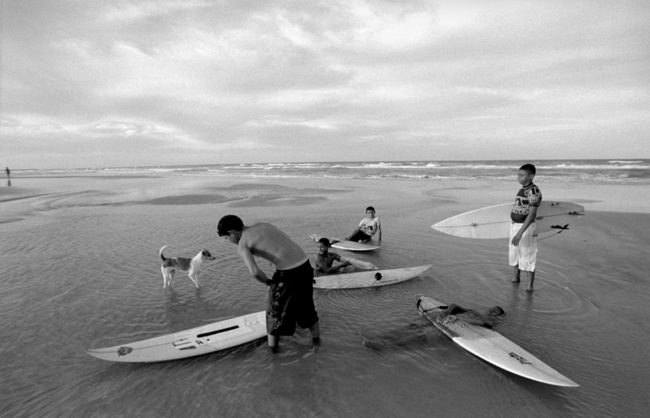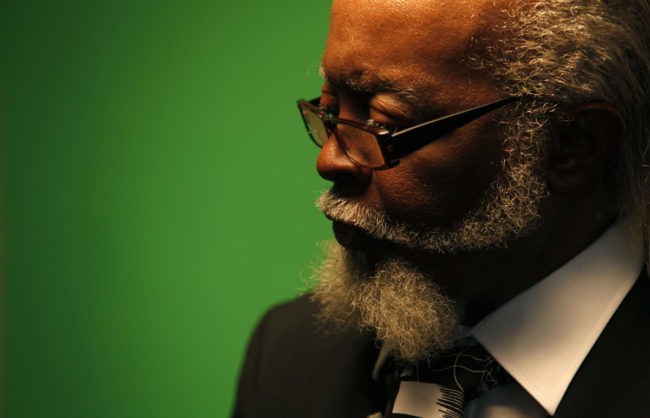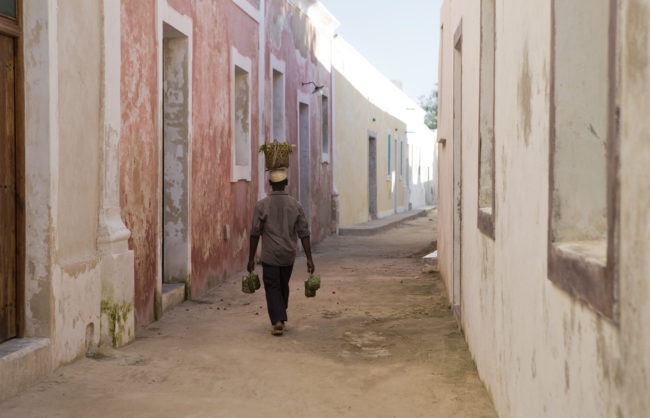Want to see more?
Want to see more?
Services
A film is never really good unless the camera is an eye in the head of a poet.
Motion picture is an ideal medium for storytelling. Beautiful and dynamic images combined with a rich sound design allow viewers to be completely submerged in an experience.
It is this richness and dynamism that attracts all of us to movies. For me, it was certainly the reason I started making films and videos. Stories can take any form, but motion pictures provide great opportunities for telling stories that other media simply don’t have.
Photography is the simplest thing in the world, but it is incredibly complicated to make it really work.
Photography was my first love. While my drive for telling stories visually has led me into the realm of filmmaking, I am still enthralled by the power of a single image. Film and video allows us to use dynamic movement and sound design to create a feeling. The power of a still photo comes from the absence of these things.
A photograph allows us to see the world through a single moment. A single image can have so much power. However, a series of still images has always been my favorite way using still images. It retains the power of a single image. One can stare and contemplate a single image, but the story is made richer with other images juxtaposed next to it.
All that is valuable in human society depends upon the opportunity for development accorded the individual.
Coming up with an idea can be a daunting task. However, it can also be enormously fun and very satisfying. Luckily, I enjoy the challenge. For me, the best experience is brainstorming ideas with others. You never know which idea will resonate with others and which of your own ideas will bounce back or be improved by others.
Concept development might be simply coming up with a basic idea for a single video. It might be a larger project that entails multiple films, a full-fledged media campaign that includes aesthetically similar or “branded” films, photos and/or multimedia on a variety of distribution platforms.
That’s one of the nice things about writing, or any art; if the thing’s real, it just lives.
Often times, in any area of work, the plan is the most important part. This is certainly true of visual storytelling. The story is what matters most. Being able to develop a script or treatment to tell a story that ultimately meets the needs of a particular subject or client is a fundamental skill of creating successful media in my opinion.
While a documentary story of any medium will sometimes only show itself during editing, we often have to develop a script or treatment a number of times over the course of a project. Even if the story only shows itself in full during editing, we should have some idea about the story we are trying to tell. Even if it is continuously changing and evolving.
Only through communication can human life hold meaning.
As a young child I was very fond of education. Somewhere around the beginning of my adolescence, I fell out of love with school. (I loved learning, but despised the education system). In college, while studying photography, I fell back in love. Never would I have imagined, though, that I would study pedagogy and become a teacher. But life marks it’s course sometimes and my difficulty in school as an adolescent made me a great teacher! (Especially for those young people who have been unwittingly trained to hate the traditional education system.)
I am still in love with education. I love teaching and I love learning. While my academic specialization and my professional experience focus on adolescents with special needs in an urban environment, I also enjoy working with younger children and grown-ups alike. I have created and run regular media programs for children and young people and have taught media workshops for adults looking to hone their photo skills (even if it is a camera phone). My love for education is also helpful in creating videos and other media. After all, we usually hope viewers will learn something from the experience, right?



















